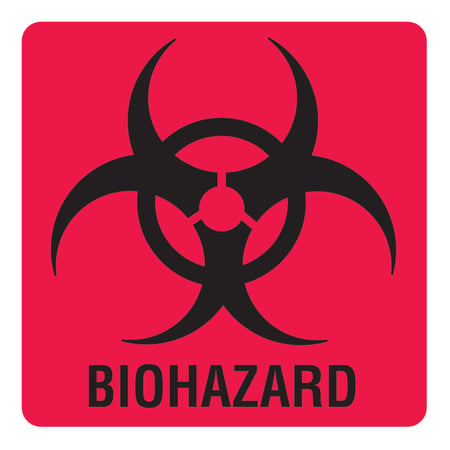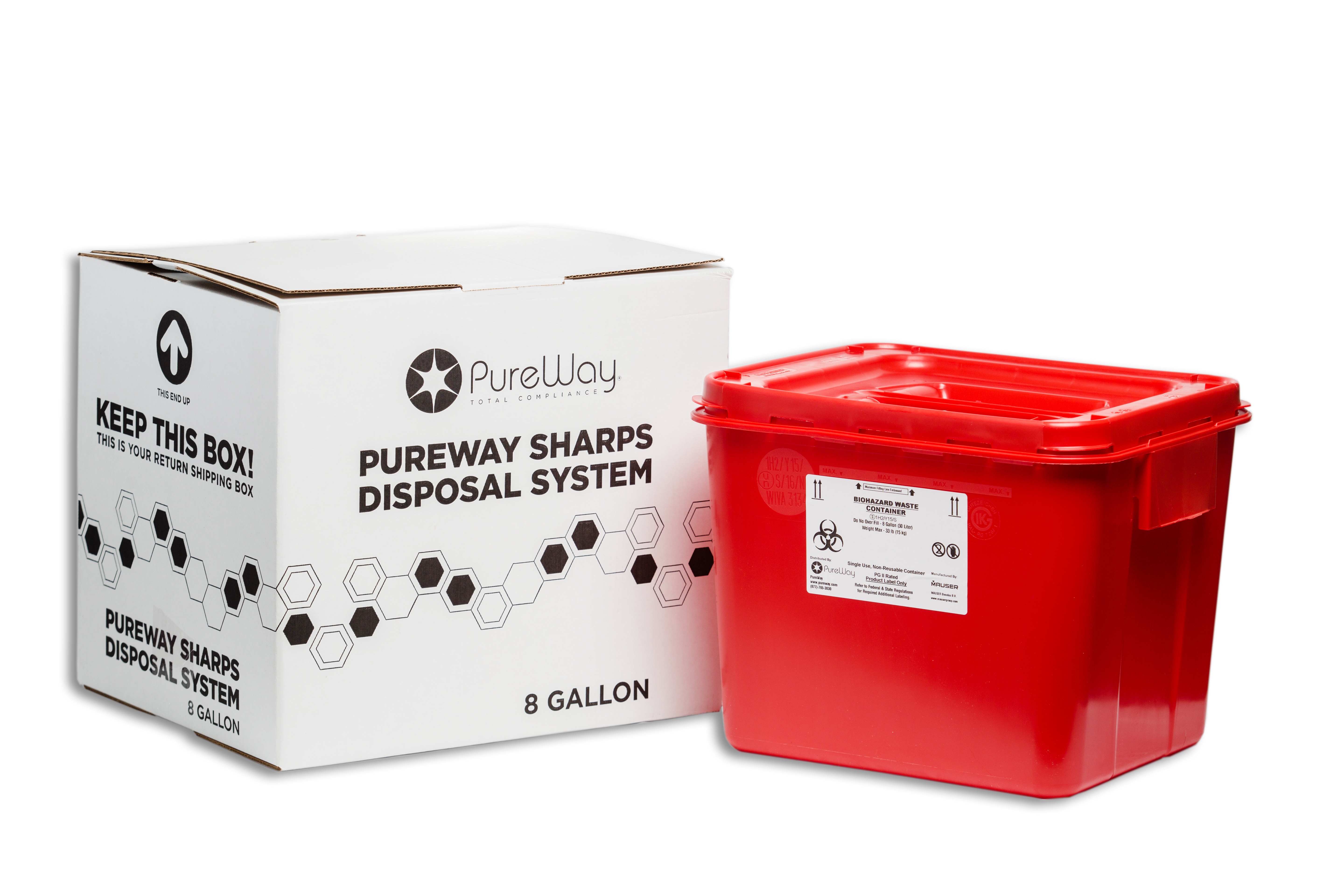
Medical waste is generated daily by thousands of facilities across the United States. The World Health Organization (WHO) states that, “Of the total amount of waste generated by health-care activities, about 85% is general, non-hazardous waste comparable to domestic waste. The remaining 15% is considered hazardous material that may be infectious, chemical or radioactive.” (1) Regardless of label, all of that medical waste must now be transported, treated, and disposed of properly so as not to negatively impact the environment and surrounding communities. This article will address the following:
- Methods of treatment of medical waste
- Transporting the waste
Methods of Treatment of Medical Waste
According to the Environmental Protection Agency (EPA), prior to 1997, more than 90% of medical waste was incinerated. (2) That changed in August of that year, when the overwhelming concern for air quality prompted the EPA’s Office of Air Quality Planning and Standards to put into effect new emissions regulations. “Only modern incinerators operating at 850-1100 °C and fitted with special gas-cleaning equipment are able to comply with the international emission standards for dioxins and furans.” (2) With this action, the number of hospital-based incinerators has greatly declined, and has led to a rise in alternative treatment methods such as:
- Thermal treatment, such as microwave technologies;
- Steam sterilization, such as autoclaving;
- Electropyrolysis; and
- Chemical mechanical systems, among others.
These alternative treatments enable the medical waste to then be disposed of in landfills or incinerated. However, in order for medical waste to be disposed of in landfills, additional precautions must be taken. Encyclopedia Britannica states that, “With land disposal, waste is buried in landfills that should be “permanently” sealed to contain the waste. Landfills may be lined with clay or plastic, or waste may be encapsulated in concrete.” (3)

Transporting the Waste
The most convenient way for a facility to dispose of their medical waste and transport it to a treatment location, is by utilizing a mail-back system. A mail-back system sends containers certified to hold medical waste to a facility, where through daily use the containers are filled. The medical facility can then safely mail the filled containers to a treatment facility, without concern that the waste will contaminate the environment or individuals. For example, sharps container disposal methods are designed to safely contain any sharps materials while they are transported to a waste facility. Small quantity generators of waste like dentist and small healthcare facilities can benefit by utilizing a mail back system. This reduces the cost for disposal significantly by eliminating long term contracts, monthly fees and fuel surcharges.
Medical waste must be properly transported, treated, and disposed of so as not to harm the environment or surrounding communities. The many medical waste treatment options protect our environment, and mail-back systems are consistently the most convenient method of transporting a facility’s medical waste safely and efficiently. Any medical professional can find solutions to medical waste transportation systems HERE.
Sources:
(1) “Health-Care Waste.” World Health Organization, World Health Organization, www.who.int/news-room/fact-sheets/detail/health-care-waste.
(2) “Medical Waste.” EPA, Environmental Protection Agency, 7 Nov. 2017, www.epa.gov/rcra/medical-waste.
(3) Aldag, Ramon J. “Toxic Waste.” Encyclopædia Britannica, Encyclopædia Britannica, Inc., 13 Dec. 2017, www.britannica.com/science/toxic-waste#ref1199562.





